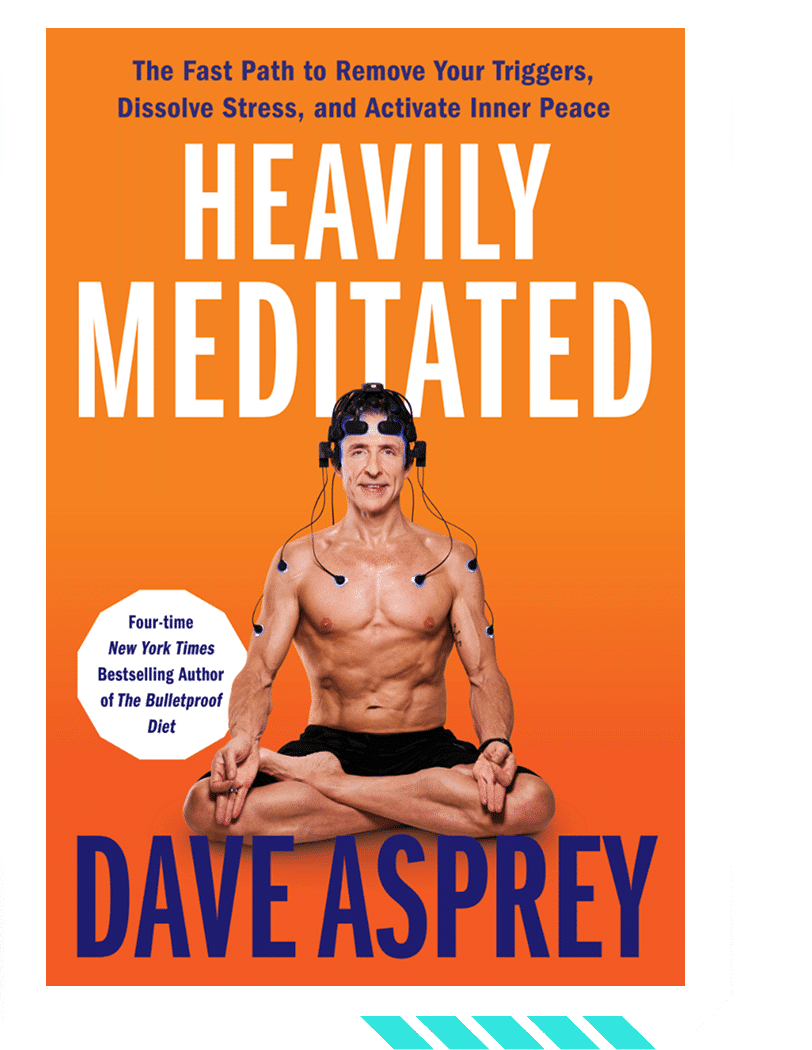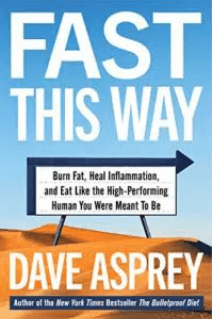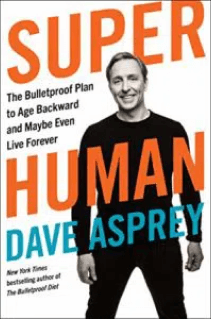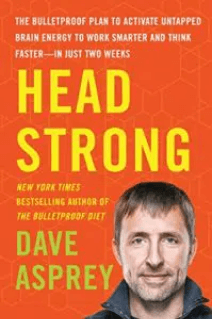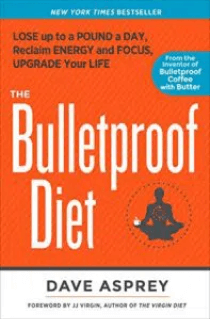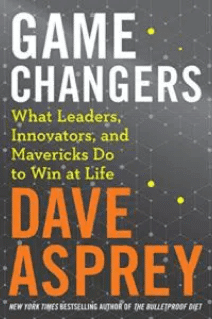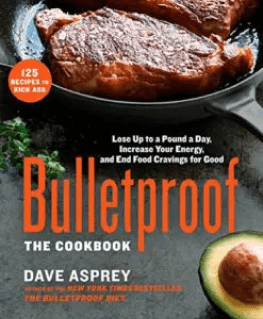
Walking is man’s best medicine.
– Hippocrates
The father of modern medicine had it right. You’re made of 360 joints, over 600 skeletal muscles, and more than 900 ligaments designed to keep you in motion.
You’re built to move, so it’s no surprise that your body rewards you when you exercise. A study of 10,269 men found that consistent moderate exercise decreased risk of death by 44% [1] and researchers have replicated these results in dozens of studies of both men and women [2].
Different kinds of exercise give you different benefits, and the two most popular types are resistance training and aerobic exercise. Here’s what the research says about both, as well as a guide to one of the best ways to work out.
Resistance training develops your brain, detoxes your body, and builds your physique.
As the name suggests, resistance training puts your muscles up against a force that resists movement – think weightlifting, kettlebell training, and bodyweight workouts. Resistance training is typically brief and intense, driving your muscles to generate force from ATP stores instead of relying on oxygen. That brief, powerful stress to your system is great for you.
- Resistance training makes your muscles stronger (surprise!) but it also taps into your brain so you move better. In a recent study, 15 men lifted weights for 14 weeks. At the end their muscles could generate more force, of course, but what’s more interesting is that their neural drive – their ability to send electrical signals from brain to muscle – also got stronger and faster [3]. With greater neural drive comes more precise control of the way you move.
- Resistance training detoxes your body as well. Your lymphatic system runs through your whole body, bathing your cells in a clear fluid called lymph. Lymph collects waste from your cells and clears it, but unlike blood, lymph has no organ to move it through your body. It relies on physical movement instead. One study found that 10-15 minutes of brief muscle contractions increased lymph flow by 300-600% [4].
- Resistance training increases metabolic rate, keeping you in a fat-burning state [5]. It also improves insulin sensitivity [6], and to top it off, the muscle you build will burn fat for you while you rest [7]. That’s a three-pronged approach to burning more fat!
- An excellent 2010 review of randomized, controlled studies showed that strength training decreases anxiety, boosts memory and cognition, reduces fatigue, and makes you happier [8].
- Strength training increases bone density [9].
- Strength training causes a sharp increase in testosterone and a 200-700% increase in human growth hormone, promoting muscle growth and fat loss in both men and women [10].
Resistance training sounds pretty good. What about endurance training?
Endurance training makes you smarter, happier, leaner, and more creative.
Resistance training taxes your muscles in short, intense bursts, depleting your ATP stores; endurance training, on the other hand, taps into your aerobic system, relying on oxygen from your lungs to produce energy. Running, biking, swimming, dance – anything that keeps you breathing heavily stresses your aerobic system and tests your endurance, bringing a new host of benefits to the table.
- Endurance training makes you smarter. It boosts brain-derived neurotrophic factor (BDNF), a powerful little protein that speeds up learning, increases memory, protects your brain from damage, and promotes neurogenesis (the growth of new brain cells). A randomized, controlled study of 12 men showed that three months of daily cycling nearly quadrupled resting BDNF levels [11]. Resistance training also increases BDNF, but only in a short window immediately after exercise [12]. Endurance training seems to boost BDNF more permanently.
- Endurance training makes you happier, too. The runner’s high is real: moderate aerobic exercise improves mood, possibly in part by releasing feel-good endorphins [13, 14]. You don’t have to run until you’re blue in the face, either. 10 days of simple powerwalking was enough to significantly lessen symptoms in depressed people [15].
- Endurance training decreases body fat more than resistance training does [5].
- You even become more creative after a good bout of aerobic exercise. 31 men and women did either aerobic training or aerobic dance, and both groups showed greater mental flexibility and creativity afterward when compared to a third group that didn’t exercise [14].
- Aerobic exercise also improves aerobic capacity by strengthening your lungs [16]. No surprise there.
High-intensity interval training: the happy medium.
Resistance and aerobic training are both powerful ways to hack your biology, and each gives a unique set of benefits. Why not combine them?
High-intensity interval training (HIIT) alternates between brief, strenuous exercise and active rest. You might sprint for 60 seconds, walk for 30, do push-ups for 60, walk for 30, and so on.
HIIT intensely stresses your muscles, then it lets them recover during active rest. Stringing exercises together and maintaining active rest keeps your heart and breathing rates up, so you also get the benefits of aerobic exercise. It’s the happy marriage of two schools of fitness thought. In fact, it may be more effective than either resistance or aerobic exercise alone. Remember that heavy resistance training increased human growth hormone (HGH) in men and women by 200-700% [10]? In one study, HIIT increased HGH by 2000% [17]. Whoa!
The icing on the cake is that HIIT is efficient. There’s no need for an hour in the weight room and another hour running; you’ll be lucky if you make it past 15 minutes of HIIT when you first start out.
When you’re designing an HIIT workout there are a couple things to keep in mind:
- Alternate between an exercise and active rest.
- Don’t string together exercises that target the same muscle group. For example, don’t follow squats with lunges. Both target your quads, and you don’t want to tire your quads out and then tax them again immediately afterward. A good method is to alternate between upper and lower body exercises.
- Set a timer instead of counting reps. Keep your phone at your side or an eye on the clock.
- Keep good form!!! HIIT gets exhausting quickly. Exhaustion brings poor form, and poor form brings injury. If your form starts to slip, slow down or skip an exercise and do active rest instead. Listen to your body to avoid hurting yourself. If you’re unsure of good form, exrx.net is a useful resource.
Here’s a model HIIT workout to get you started. It doesn’t require equipment and you can do it just about anywhere.
Do each exercise for 60 seconds, and in between do active rest (walk in place) for 30 seconds.
- Jog in place
- Walk in place
- Bodyweight squats
- Walk in place
- Push-ups
- Walk in place
- High jumps
- Walk in place
- Sit-ups
- Walk in place
- Burpees
- Walk in place
If once through isn’t enough, repeat the workout until you’re spent.
You can also try a Tabata-style workout. Tabata workouts (named after their creator, Dr. Izumi Tabata, who used them in his research to great effect) follow a basic structure: choose an exercise and do 8 rounds of going all-out for 20 seconds and resting for 10. For example:
- Burpees (20 seconds)
- Rest (10 seconds)
- Repeat 7 more times
Each exercise in a Tabata workout takes only 4 minutes. It’s harder than it sounds. Happy HIIT-ing!
References:
- http://www.nejm.org/doi/full/10.1056/NEJM199302253280804#t=article
- http://www.ncbi.nlm.nih.gov/pmc/articles/PMC3501820/
- http://jap.physiology.org/content/93/4/1318.short
- http://onlinelibrary.wiley.com/doi/10.1111/j.1469-7793.1997.233bf.x/full
- http://jap.physiology.org/content/85/2/695.short
- http://www.ncbi.nlm.nih.gov/pubmed/15628572
- http://www.ncbi.nlm.nih.gov/pmc/articles/PMC296885/
- https://www.researchgate.net/profile/Matthew_Herring/publication/244918384_Mental_Health_Benefits_of_Strength_Training_in_Adults/links/541ab6bf0cf25ebee988bbed.pdf
- http://thesportjournal.org/article/training-to-improve-bone-density-in-adults-a-review-and-recommendations/
- https://www.researchgate.net/profile/Karl_Friedl2/publication/21294733_Endogenous_anabolic_hormonal_and_growth_factor_responses_to_heavy_resistance_exercise_in_males_and_females/links/54e7aee30cf27a6de10ac6ba.pdf
- http://ajpregu.physiology.org/content/298/2/R372.short
- https://www.infona.pl/resource/bwmeta1.element.elsevier-a806256f-022a-331c-b1e8-ffd7a00859c3
- http://europepmc.org/abstract/med/11427764
- http://bjsm.bmj.com/content/31/3/240.full.pdf
- http://www.ncbi.nlm.nih.gov/pmc/articles/PMC2465130/
- http://www.carlocapelli.it/ftp/didattica/specialistica/Bibliografia/Endurance_running/Jones_Carter_2000.pdf
- http://link.springer.com/article/10.1007/BF00237784#page-1


